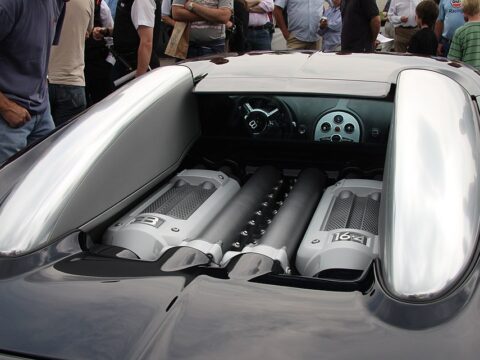Restoring a vintage bicycle is more than just a mechanical task – it’s an art form that revives the beauty and craftsmanship of a bygone era. Whether preserving a family heirloom or breathing new life into a flea market find, bringing a classic bike back to its former glory requires skill, patience, and attention to detail. From inspecting worn components to restoring the frame’s finish, each step plays a crucial role in transforming a rusted relic into a rideable masterpiece.
Any bicycle can be brought back to life with the right techniques, retaining its original charm while ensuring modern functionality. By focusing on aesthetics and mechanical integrity, you can restore a bike that looks stunning and rides like it did in its prime. The process of careful restoration allows you to revive a piece of cycling history, ready to take on the roads once again.
Contents
Component Inspection and Replacement
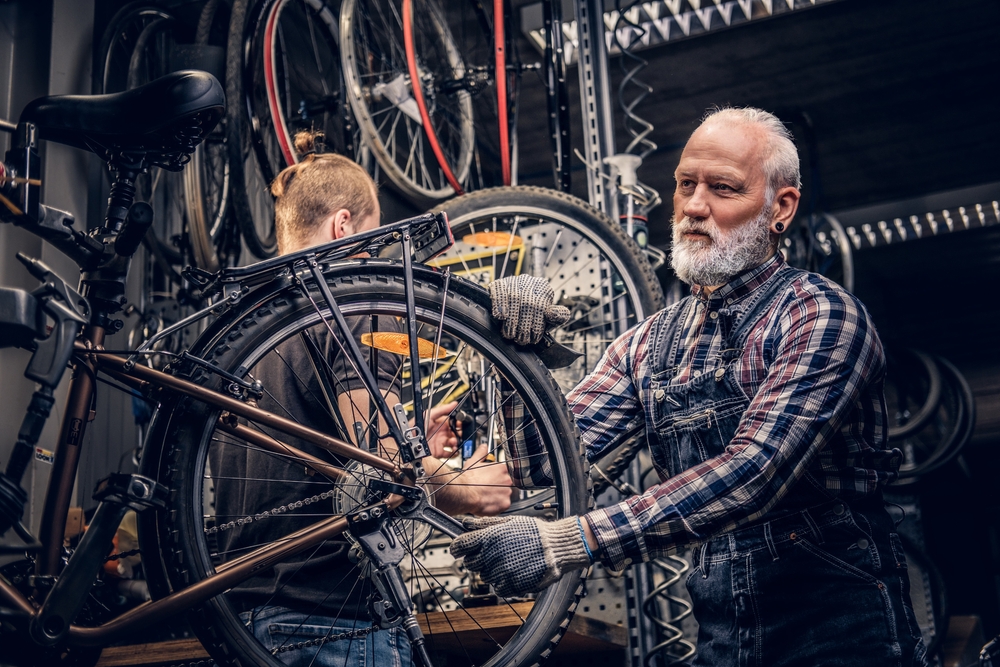
The first step in any vintage bicycle restoration is a thorough inspection of all components. From the handlebars to the derailleur, every piece must be examined for wear, damage, or corrosion. Key components like the chain, brake pads, and cables often need replacement to ensure safe and smooth operation. Replacing worn parts not only revitalizes the bike’s functionality but also preserves the authenticity of the vintage aesthetic by opting for period-correct components.
Frame Cleaning and Rust Removal

A vintage bicycle’s frame is the heart of its structure, and it often suffers from accumulated grime or rust. Cleaning the frame carefully with mild detergents and de-rusting agents can reveal its original beauty. Removing rust is crucial to prevent further degradation of the metal, preserving the integrity of the bike. This step is not just cosmetic; it safeguards the longevity of the bicycle, ensuring the structure remains sound for years to come.
Wheel Truing and Tire Replacement
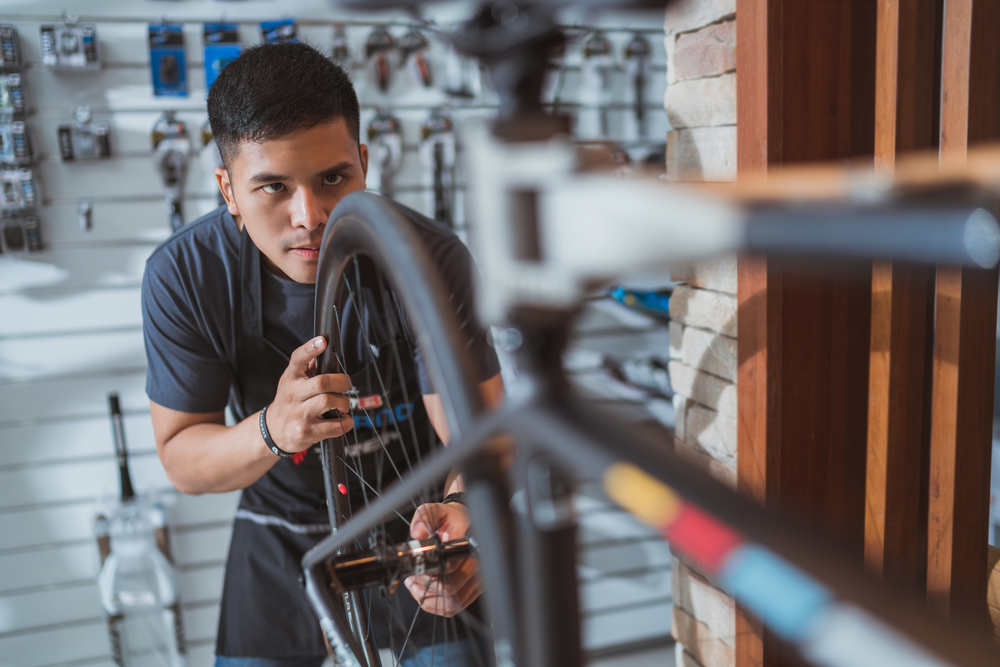
Vintage bicycle wheels are prone to becoming misaligned over time, leading to a wobbly and inefficient ride. Wheel truing, the process of adjusting spoke tension to realign the wheel, is essential for a smooth and safe ride. Additionally, tire replacement ensures the bike performs well on modern roads. Choosing tires that suit the bike’s original specifications helps maintain both the vintage look and the ride quality.
Paint and Finish Restoration
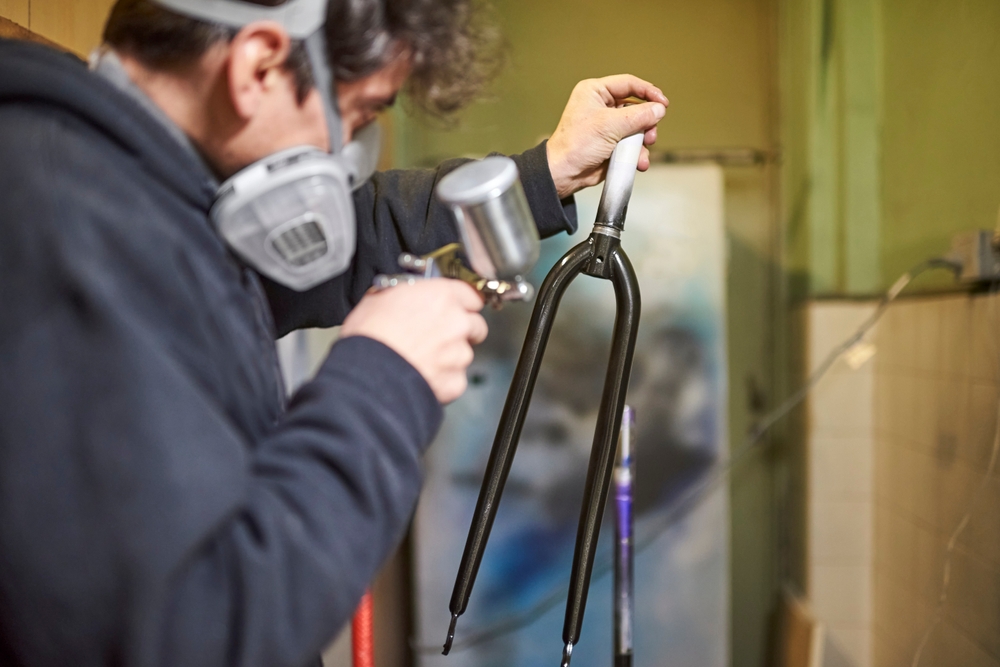
Over time, the paint on vintage bicycles can chip, fade, or oxidize. Restoring the original paint or refinishing the bike with a new coat brings back its aesthetic appeal. Paint and finish restoration not only improves the bike’s visual appearance but also provides a protective layer that prevents future damage to the frame. A professional touch in matching the paint to its original shade adds authenticity to the restoration.
Final Assembly and Adjustment
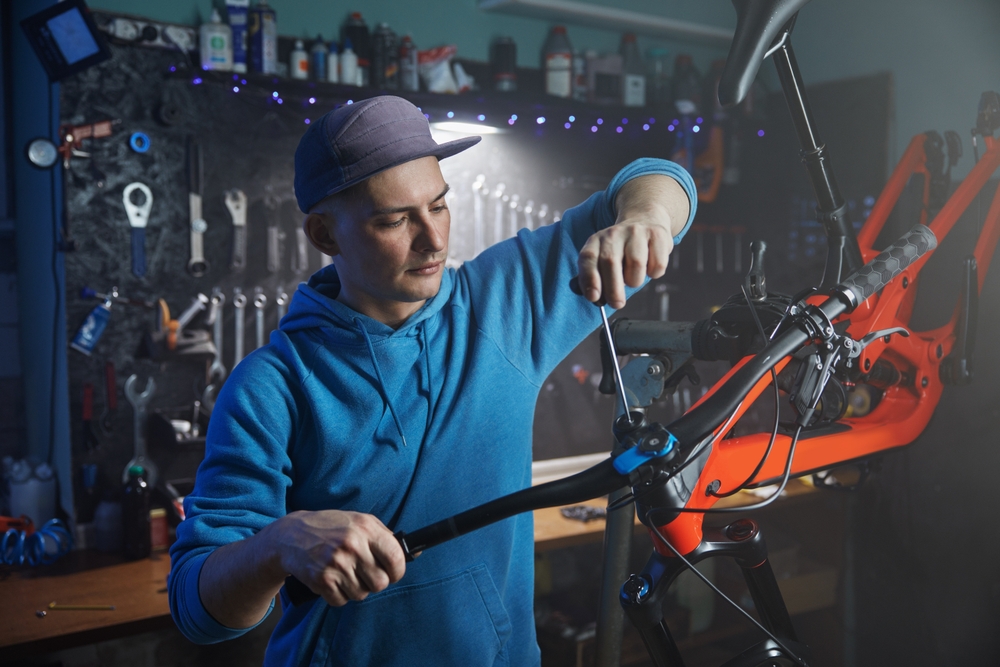
Once all the components are cleaned, repaired, or replaced, the final assembly of the bicycle is a meticulous process. Ensuring each part fits together properly and functions harmoniously is critical. Adjusting the brakes, gears, and saddle positions to optimize the rider’s comfort and control marks the final step of the restoration. This stage also serves as a final check to confirm the bike is safe and ready for use, bringing the vintage beauty back to life.
Drivetrain Overhaul

The drivetrain, which includes the chain, gears, and crankset, often bears the brunt of wear in a vintage bicycle. A thorough cleaning and lubrication of these components, or their replacement if necessary, ensures smooth gear shifting and efficient pedaling. Restoring the drivetrain revitalizes the bicycle’s performance, allowing it to function as it once did while maintaining the charm of its vintage mechanism.
Brake System Restoration
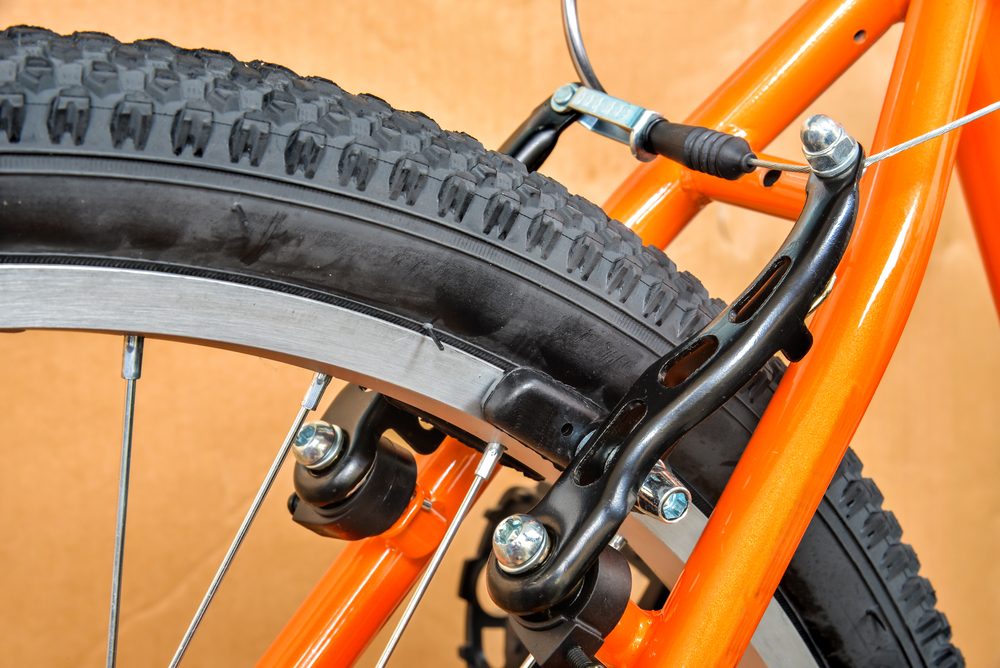
Braking technology has come a long way, but vintage bicycles often feature unique brake systems that require special attention. Cleaning and restoring the calipers, pads, and levers, or replacing them with period-appropriate parts, ensures safe stopping power without sacrificing the bike’s authenticity. Properly restored brakes provide confidence in both functionality and appearance, making the bicycle road-ready once again.
Handlebar and Saddle Refurbishment

The handlebar and saddle are key touchpoints for comfort and control. Vintage bicycles often feature unique materials like leather saddles or cork handlebar wraps, which may require refurbishing or replacing. Restoring these parts not only improves the rider’s experience but also maintains the period-correct look. Attention to detail in this step enhances both the comfort and the authenticity of the restored bike.
Lubrication and Greasing
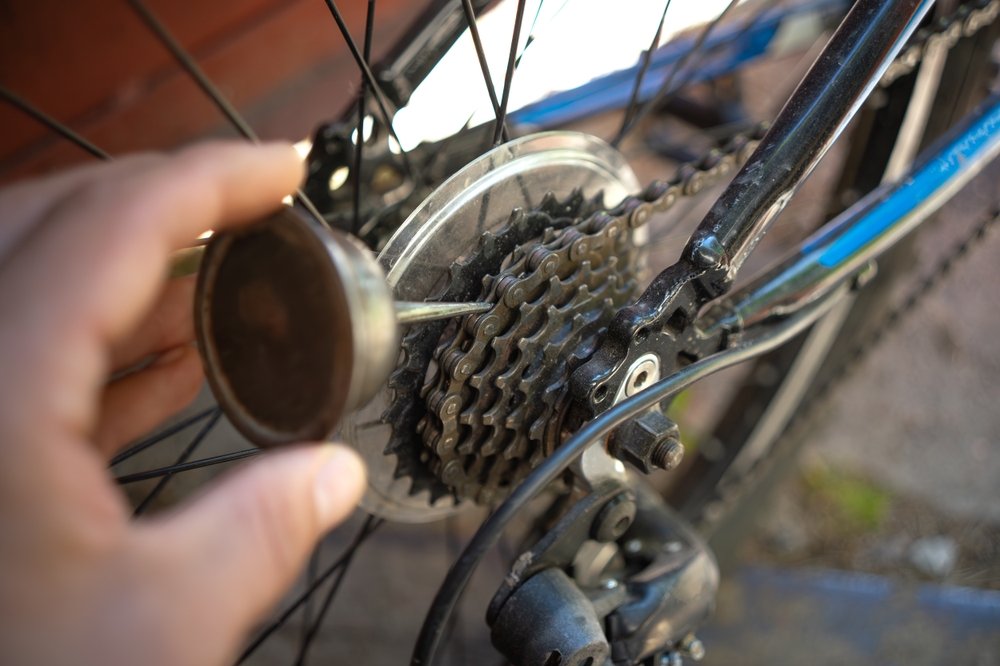
Proper lubrication of moving parts such as bearings, chains, and gears is essential to the smooth operation of a vintage bicycle. Over time, old grease hardens and loses its effectiveness, leading to friction and wear. Applying new, high-quality lubricants ensures that all components function smoothly and last longer. This step enhances the bicycle’s overall performance and longevity, bringing back the effortless ride it once offered.
Vintage Accessory Restoration
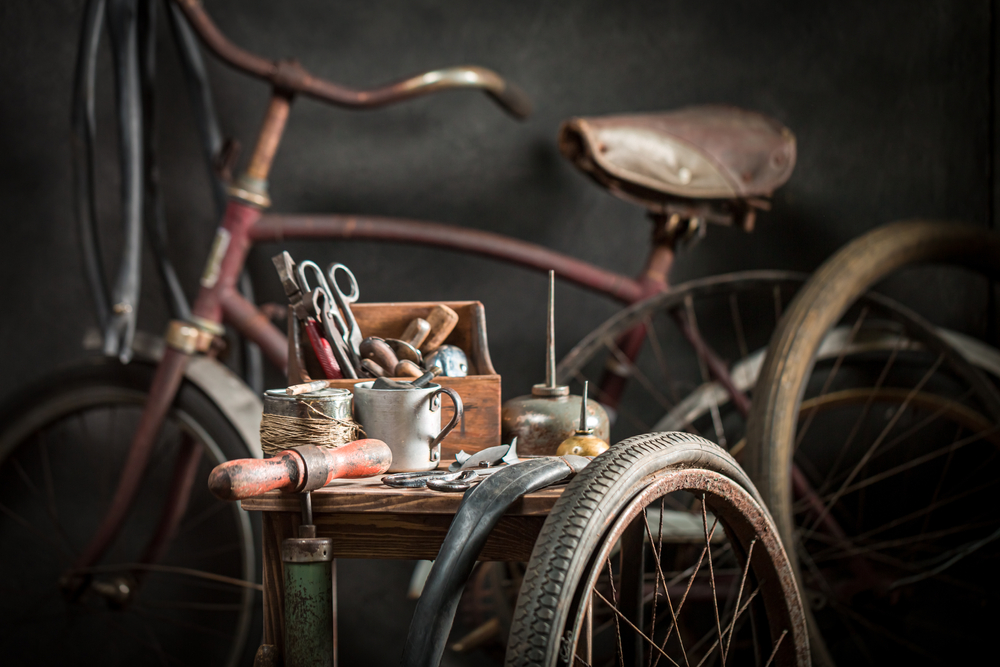
Restoring vintage accessories, such as the bell, lights, or even the basket, adds the finishing touch to a fully restored bicycle. These small details contribute significantly to the overall aesthetic of the bike, elevating its charm and authenticity. Paying attention to these elements ensures that the bicycle not only functions well but also exudes the nostalgic style that makes vintage bikes so desirable.
This article originally appeared on MyCarMakesNoise.
More from MyCarMakesNoise
Top 12 Mistakes with Classic Car Restoration

Restoring a classic car is a labor of love that requires a careful balance of passion, skill, and patience. For many enthusiasts, bringing an old vehicle back to life is more than just a project; it’s a journey that reconnects them with automotive history and the craftsmanship of a bygone era. Read More.
10 Challenges of Maintaining High-Performance Sports Cars

Owning a high-performance sports car is a dream for many, but the reality of maintaining such a vehicle can quickly turn that dream into a complex and costly endeavor. These cars are marvels of engineering, built for speed, precision, and thrill, but with that comes a range of challenges that require careful consideration. Read More.
12 Legendary Race Cars Still Competing

In the world of motorsport, certain race cars transcend their time, leaving an indelible mark on the track and in the hearts of racing enthusiasts. These legendary machines, known for their groundbreaking performance and engineering, have not only dominated in their prime but continue to compete, proving their enduring prowess. Read More.




